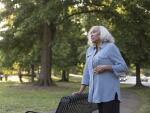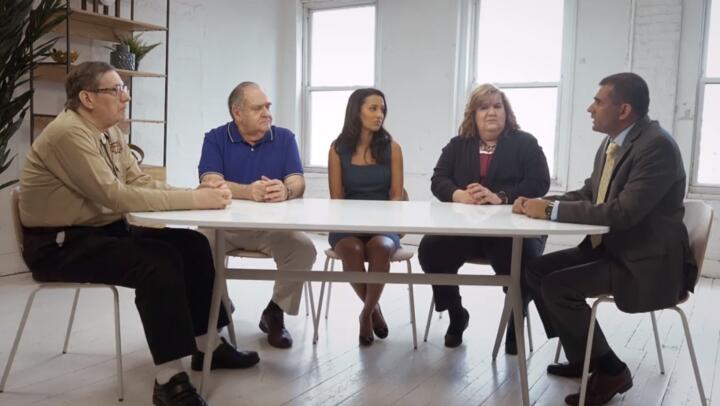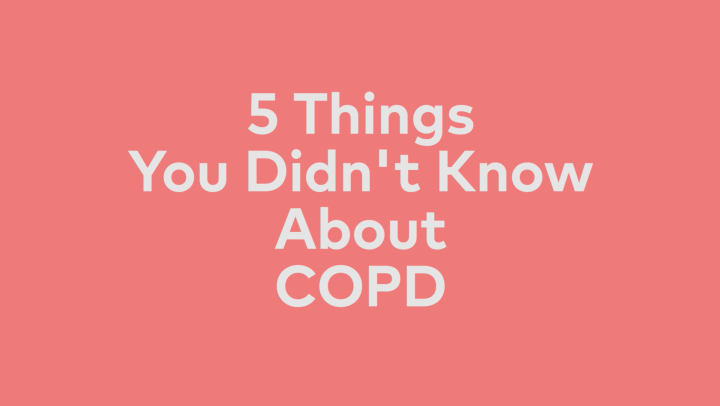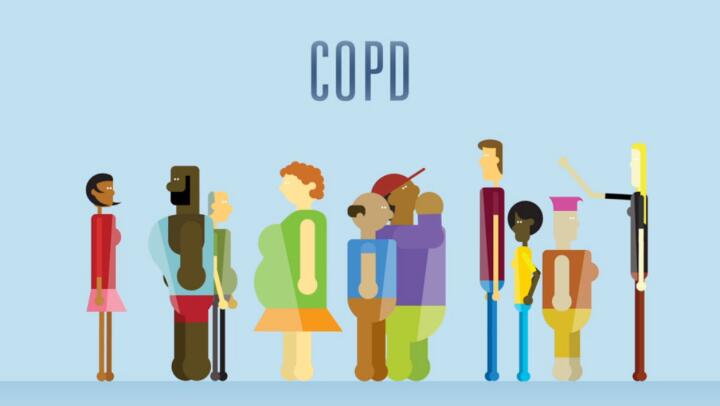
Chronic obstructive pulmonary disease (COPD) makes it hard for you to breathe easily. As with most people with COPD, you probably tend to cough and wheeze a lot. You’re also likely to experience shortness of breath and fatigue on a regular basis, and it can be exhausting. That’s why pulmonologists recommend pulmonary rehabilitation to their patients with COPD, which can help you learn to breathe easier by strengthening your lungs and your abdominal muscles. It might seem obvious to exercise your lungs, but why focus on your abs? Giving the abdominal muscles a workout can be very helpful for people with COPD, since research shows stronger abs reduce coughing and fatigue.
Why Abs Matter
You might know about the importance of one muscle in your torso, the diaphragm. The diaphragm is the thin, dome-shaped muscle that separates your chest from your abdomen. It’s the primary muscle used when you breathe. When you breathe in, your diaphragm contracts. When you breathe out, it relaxes. It’s connected to your abdominal muscles and other muscles that surround your rib cage. If you are working to make it easier to breathe, you can’t ignore those abs.
Set Reasonable Goals
Strengthening your abdominal muscles is a worthwhile goal. You’re working toward a stronger abdomen that can support your diaphragm better, which can help you breathe more efficiently. You want to be able to slow your breathing rate and reduce the amount of energy you have to expend when breathing.
Other benefits of strengthening your abdominal muscles:
You’ll improve your balance and stability, reducing your risk of falling and hurting yourself.
You can stand tall and take pride in your better posture.
You’ll have more strength and energy to do all the activities of daily living, from dressing to bathing to doing housework to walking your dog.
But don’t get overwhelmed: you’re not trying to achieve a six-pack. You’re working to achieve a functional goal, not an aesthetic one. Don’t get discouraged before you even begin! Work with your rehab team to determine a series of achievable goals that will help you strengthen your abdominal muscles without injuring yourself.
Getting Started
Now that you’re prepared to work on strengthening your abs, you need to find the right way to get started. Trying a few gentle core-strengthening exercises is your best bet. You can always start with just a few, then build from there once you’ve gotten comfortable and built up a little strength. A few exercises to try include:
Knee lift: Stand up straight, then lift one knee as high as you can. Lower slowly. Repeat ten times with each leg. Try one set at first, and as you feel stronger, progress to two or three sets.
Side leg lift: Stand up straight and put your hands on your hips. Lift your right leg straight out to the side, then lower. Try to keep your hips straight while you’re lifting and lowering. Repeat ten times, then switch to your left leg.
Knee plank: Start out by lying on your stomach. Then prop yourself up on your knees and forearms, with your elbows bent. Hold the position for 30 seconds. Try to keep your back as straight as you can. Once you can last for 30 seconds in this position, add on some more time.
Crunches: You’re probably already familiar with crunches, which are modified sit-ups designed to strengthen the abdominal muscles. Lie on your back with your knees bent. Draw in your breath. When you exhale, lift your shoulders off the floor, then lower them back to the floor. Try a set of ten. As your abs get stronger, you can add more repetitions.
These exercises may be challenging, especially at first, so you’ll want to start slow and build from there.
Don’t take these exercises on without first running them by your pulmonary rehab team or your doctor. Even with the best intentions, you could get injured if you throw yourself into a new exercise regimen without the right preparation. Your team will also let you know if you need to use oxygen while you’re exercising. A cautious approach and a can-do attitude will serve you well.
Other Benefits of Exercise
Exercise in general is a worthy goal. Exercise can improve your mood and your overall sense of well-being. It can reduce feelings of anxiety and depression. It can help you achieve and maintain a healthy weight. It can improve your sleep. It even helps some people to quit smoking–a particularly important goal for anyone with COPD who hasn’t been able to kick the habit yet. And yes, it can help you strengthen those abs. But you have to be deliberate about it. It won’t happen by itself. If you haven’t started, talk to your doctor about the best way to proceed.
















